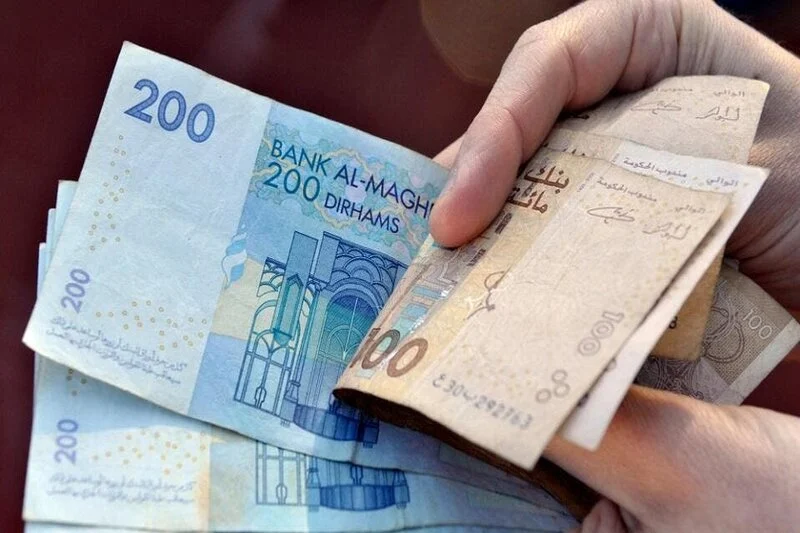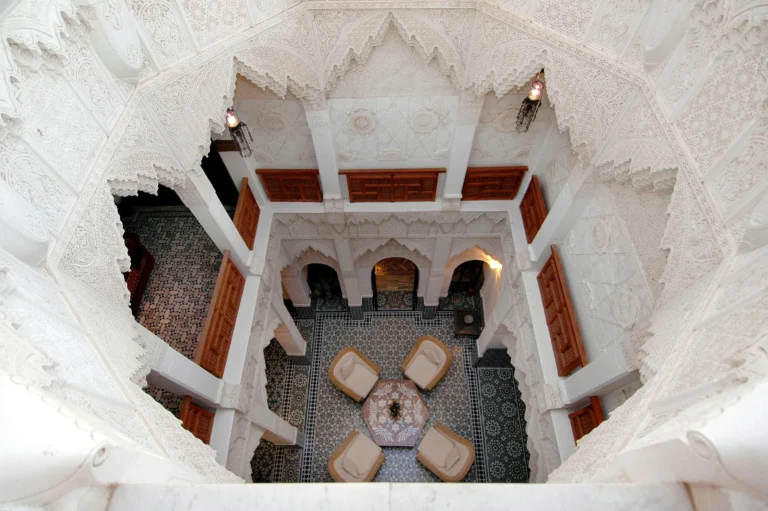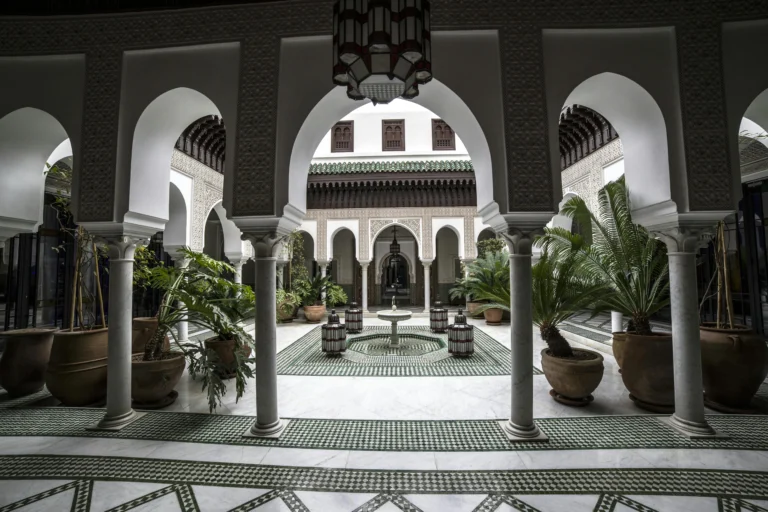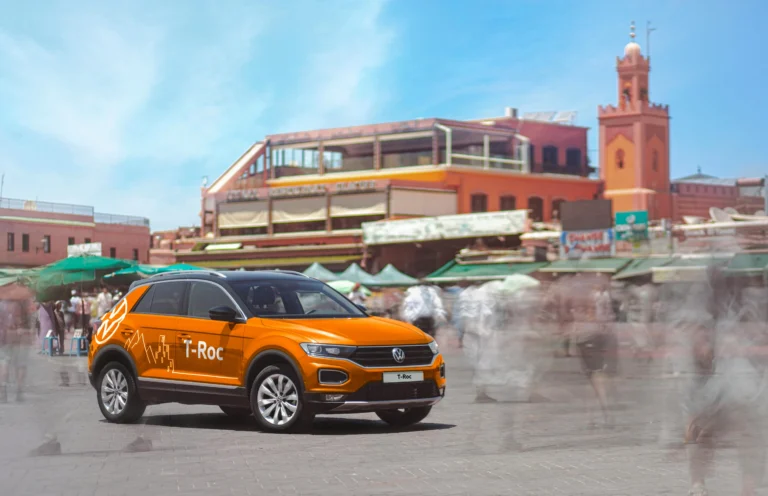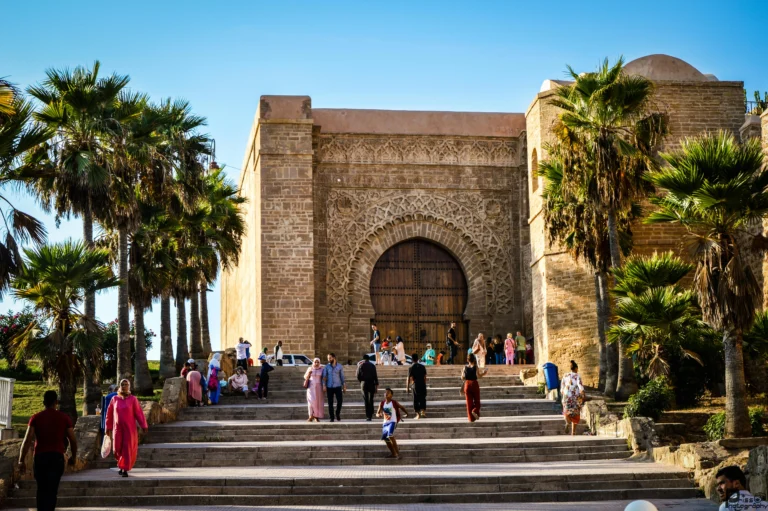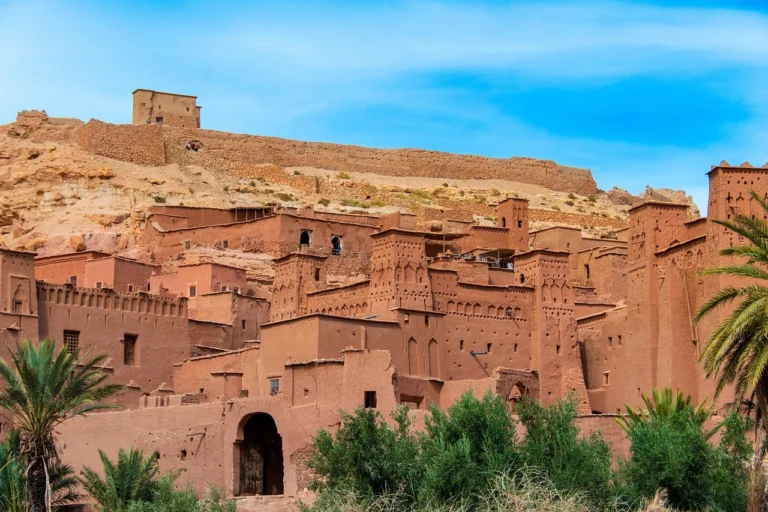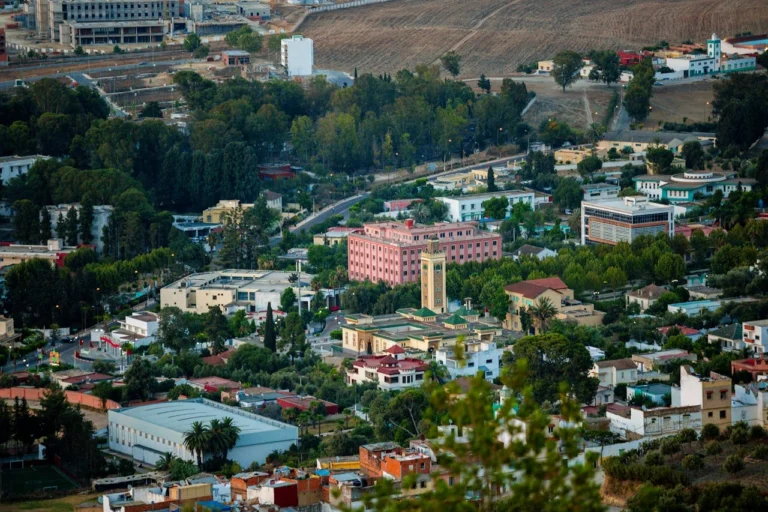Understanding Morocco Currency: A Traveler’s Guide to Money Matters
Estimated reading time: 5 minutes
- Understand the Moroccan Dirham (MAD) and its divisions.
- Explore currency exchange options and where to find the best rates.
- Practice good budgeting and be aware of local tipping customs.
- Know the prices of local goods and services before engaging in transactions.
- Experience Moroccan culture through its markets and culinary delights.
- The Basics of the Moroccan Dirham (MAD)
- Currency Exchange and Usage
- Practical Tips for Managing Money in Morocco
- Understanding Moroccan Market Prices
- Connecting Currency to Moroccan Cultural Experiences
- Best Places to Experience Moroccan Markets
- Attractions That Accept Card Payments
- Final Thoughts on Navigating Morocco Currency
- FAQ
The Basics of the Moroccan Dirham (MAD)
The Moroccan Dirham (MAD) is the official currency of Morocco, signified by the symbol “د.م.” and generally abbreviated as MAD. One Dirham is subdivided into 100 centimes. It’s essential to familiarize yourself with the currency before your trip, as it will help you make informed purchases and manage your budget effectively while enjoying everything from the vibrant souks of Marrakech to the stunning landscapes of the Atlas Mountains.
Currency Exchange and Usage
While many travelers receive their currency before arriving, it’s worth noting that there are several options for currency exchange once you land in Morocco:
- Airports: Most major airports in Morocco, including Mohammed V International Airport in Casablanca and Menara Airport in Marrakech, have currency exchange counters. However, the rates might not be as favorable as other options.
- Banks and Exchange Offices: You can find banks and official currency exchange offices in most cities and tourist areas. Always opt for licensed establishments to avoid scams.
- ATMs: Another convenient option is withdrawing cash from ATMs, which are widely available in cities and towns. Many ATMs accept international cards, but be aware that they might charge a fee per transaction.
Before exchanging any currency, check the current exchange rate. As of October 2023, the exchange rate is approximately 10.5 MAD to 1 USD, but rates may fluctuate, so always double-check during your travels.
Practical Tips for Managing Money in Morocco
- Carry Cash: While major hotels and establishments in cities may accept credit cards, the majority of local vendors, markets, and smaller restaurants only accept cash. It’s advisable to keep enough MAD, especially when venturing into more remote areas.
- Bargaining is Normal: In Moroccan souks, bargaining is a common practice. Start with a price lower than what you’re willing to pay and negotiate from there. It’s part of the experience!
- Be Mindful of Currency Notes: Moroccan Dirham notes come in denominations of 20, 50, 100, and 200 MAD. It’s helpful to keep some smaller notes for small purchases or tips.
- Budgeting: Morocco is generally affordable for travelers, but prices can vary significantly between urban centers and rural areas. Set a budget accordingly, keeping in mind both accommodation and activities.
- Tipping Etiquette: Tipping is customary in Morocco. In restaurants, rounding up the bill or leaving a small tip (5-10%) is appreciated. Similarly, leaving small change for hotel staff or guides is also a kind gesture.
Understanding Moroccan Market Prices
Navigating prices in Morocco can be fascinating, as they often reflect the country’s rich culture and economy. For instance, a traditional meal in a street market may cost around 30-50 MAD, while dining at a mid-range restaurant can set you back about 150-300 MAD. To truly experience Morocco’s culinary landscape, try local delicacies, such as tagine and couscous, for authentic cultural immersion.
When you’re shopping for souvenirs, you can find unique handicrafts, carpets, and spices. The price for these items can range widely, so don’t hesitate to ask about prices before making a purchase. Places like the Medina of Fez and the souks of Marrakech are treasure troves filled with unique offerings.
Connecting Currency to Moroccan Cultural Experiences
Understanding the value of Moroccan Dirham goes beyond practical finances; it also enhances your connection to the local culture. Knowing how to navigate the currency lends confidence to your interactions with locals, whether you’re haggling for a vibrant rug or enjoying a coffee at a traditional café.
Additionally, as MoroccoSpot strives to not just be your travel resource but also a cultural guide, knowing how to handle money effectively allows you to engage more deeply with the various experiences Morocco has to offer.
Best Places to Experience Moroccan Markets
Your adventure wouldn’t be complete without visiting some of Morocco’s most iconic markets and souks, where you can use your Dirhams wisely.
- Marrakech Souk: A labyrinth of narrow streets, you can find everything from artisan crafts to spices. Don’t miss the stalls in Jemaa el-Fnaa Square, where the atmosphere is electric!
- Fez Medina: Home to one of the oldest medinas in the world, Fez is a UNESCO World Heritage site. The tanners’ quarter is a must-visit for its unique craft and fascinating colors.
- Chefchaouen: Known as the Blue City, Chefchaouen is not just beautiful but also a great place to support local craftsmen.
Attractions That Accept Card Payments
While cash is king in many scenarios, some popular Moroccan attractions and experiences accept credit cards. Here are a few places that typically facilitate card payments:
- Museums: Major museums, like the Marrakech Museum and the Museum of Moroccan Arts, often accept card payments for entry fees.
- Riads and Hotels: Many mid-range to luxury accommodations will allow you to pay with a credit card, though small guesthouses may require cash.
- Tours and Excursions: Established tour operators usually accept credit cards for organized trips to the Sahara Desert, Atlas Mountains, or guided city tours.
Final Thoughts on Navigating Morocco Currency
Navigating Morocco currency is essential for every traveler seeking a fulfilling experience in this beautiful country. Understanding the Dirham, being aware of the best exchange methods, and knowing how to manage your cash flow can help you immerse yourself in Moroccan culture and explore its enchanting landscapes without a hitch.
At MoroccoSpots, our mission is to provide you with comprehensive and authentic travel guidance. We aim to ensure your journey through Morocco is seamless and truly unforgettable.
Are you ready to dive into the rich tapestry of Moroccan culture? Explore our extensive guides, itineraries, and tips on MoroccoSpots.com to plan your perfect trip. If you need personalized help planning your adventure, don’t hesitate to reach out to our team! Happy travels to Morocco!
FAQ
Q: What currency is used in Morocco?
A: The official currency is the Moroccan Dirham (MAD).
Q: Can I use credit cards in Morocco?
A: Yes, many hotels, restaurants, and attractions in urban areas accept credit cards, though cash is preferred for smaller transactions.
Q: Where can I exchange money in Morocco?
A: Currency can be exchanged at airports, banks, and official exchange offices. ATMs are also widely available.
Q: What is the exchange rate for USD to MAD?
A: As of October 2023, the exchange rate is approximately 10.5 MAD to 1 USD, but it can fluctuate. Always check current rates.
Q: Is tipping customary in Morocco?
A: Yes, tipping is expected; rounding up the bill or leaving a small tip (5-10%) is appreciated in restaurants and for services.
### Resources for Currency Exchange Rates
By following the advice shared in this guide, you will be well-prepared to navigate Morocco’s currency landscape and enjoy an enriching journey through this incredible country filled with culture and history.

